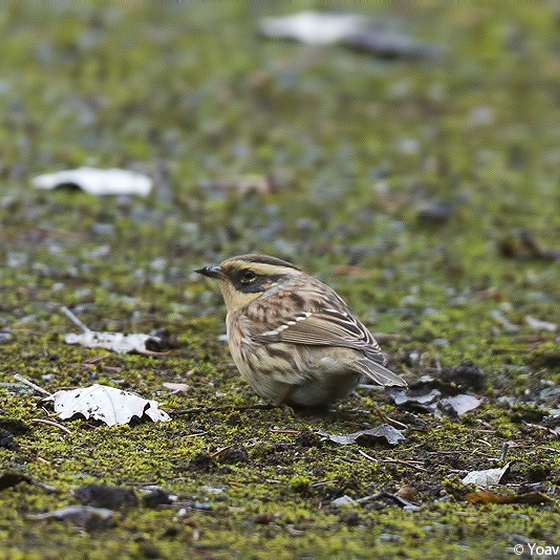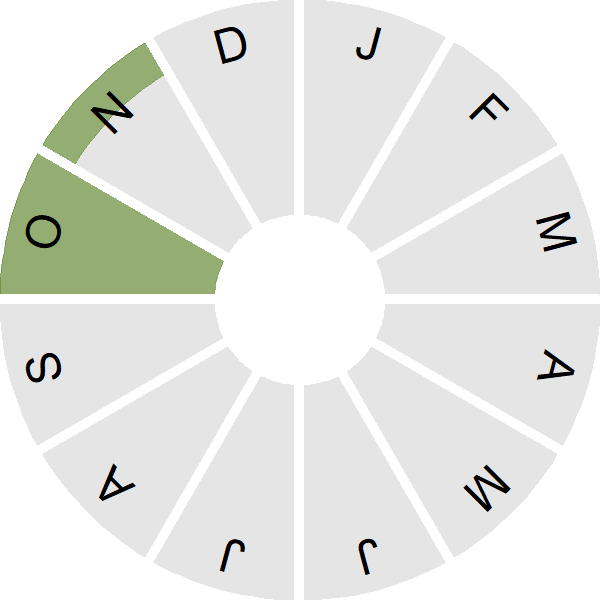Siberian Accentor

Introduction
A relative of the Dunnock, the first record (on Shetland in 2016) was part of an unprecedented arrival of over 200 Siberian Accentors across western Europe.

Key Stats
Status and Trends
Conservation Status
Population Size
Population Change
Population trends of this scarce species are not routinely monitored.
Distribution
This vagrant is too rarely reported to map distribution.
European Distribution Map
Distribution Change
This vagrant is too rarely reported to map distribution change.
Seasonality
Siberian Accentor is a very rare vagrant. These records relate to a handful of well-watched individuals during an unprecedented invasion in 2016.
Weekly pattern of occurrence
The graph shows when the species is present in the UK, with taller bars indicating a higher likelihood of encountering the species in appropriate regions and habitats.

Movement
Britain & Ireland movement
Biology
Survival and Longevity
Survival is shown as the proportion of birds surviving from one year to the next and is derived from bird ringing data. It can also be used to estimate how long birds typically live.
Classification, names and codes
Classification and Codes
- Order: Passeriformes
- Family: Prunellidae
- Scientific name: Prunella montanella
- Authority: Pallas, 1776
- BTO 5-letter code: SIBAC
- Euring code number: 10860
Alternate species names
- Catalan: cercavores de Sibèria
- Czech: pevuška sibirská
- Danish: Sibirisk Jernspurv
- Dutch: Bergheggenmus
- Estonian: siberi raat
- Finnish: taigarautiainen
- French: Accenteur montanelle
- German: Bergbraunelle
- Hungarian: szibériai szürkebegy
- Icelandic: Fjalltítla
- Italian: Passera scopaiola asiatica
- Latvian: Sibirijas pelkajite
- Lithuanian: sibirinis eršketžvirblis
- Norwegian: Sibirjernspurv
- Polish: plochacz syberyjski
- Portuguese: ferreirinha-siberiana
- Slovak: vrchárka okrová
- Slovenian: sibirska pevka
- Spanish: Acentor siberiano
- Swedish: sibirisk järnsparv
More Evidence
More evidence from Conservation Evidence.com
Partners
Citing BirdFacts
If you wish to cite particular content in this page (e.g. a specific value) it is best to use the original sources as linked in the page. For a more general citation of the whole page please use: BTO (20XX) BirdFacts Species: profiles of birds occurring in the United Kingdom. BTO, Thetford (www.bto.org/birdfacts, accessed on xx/xx/xxxx).

